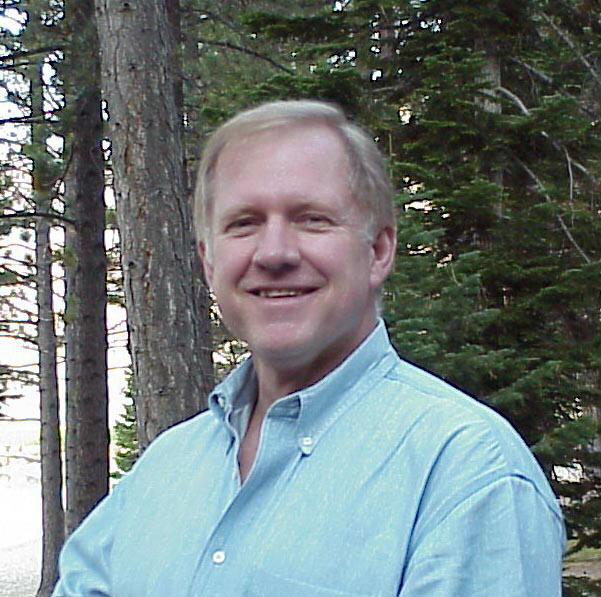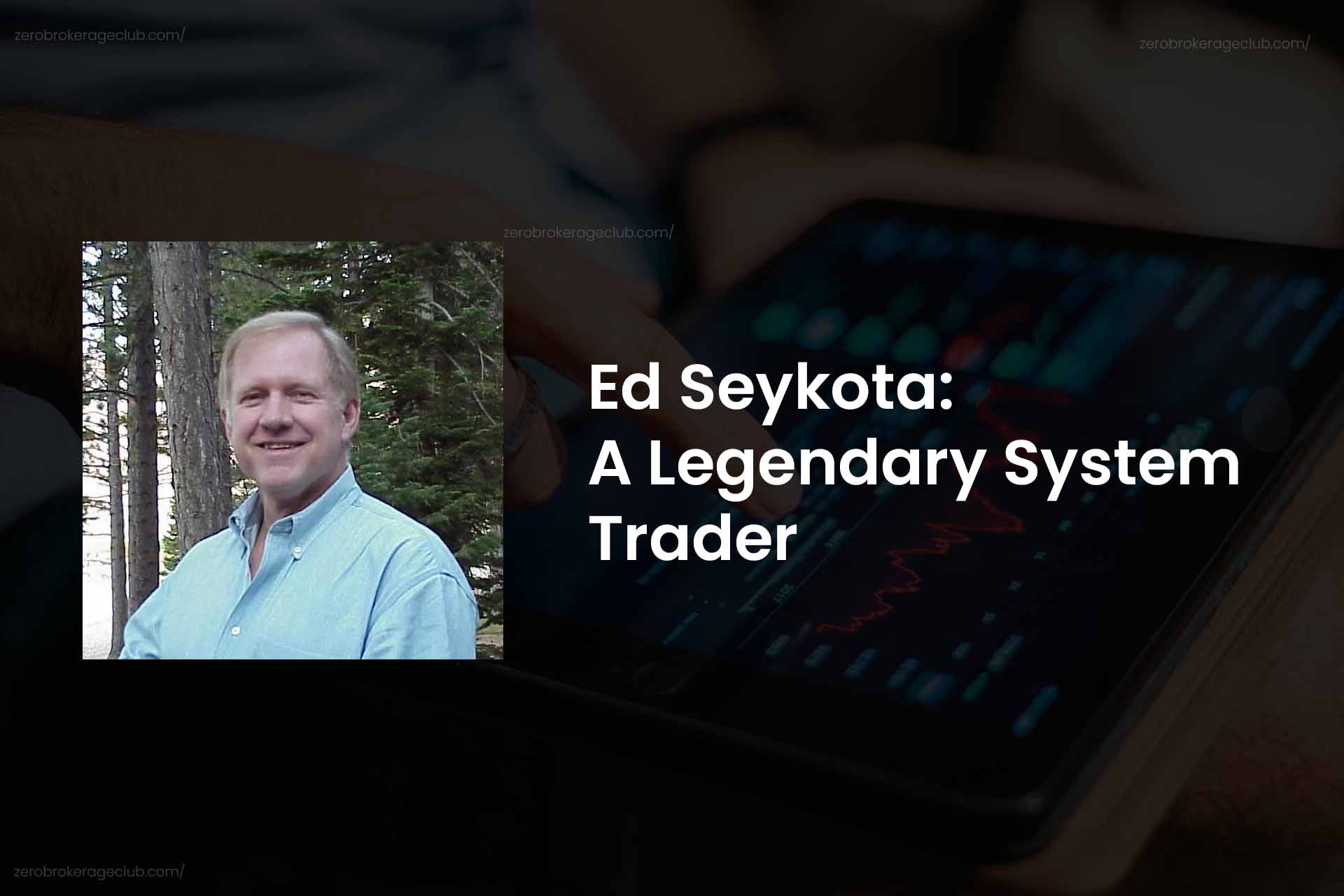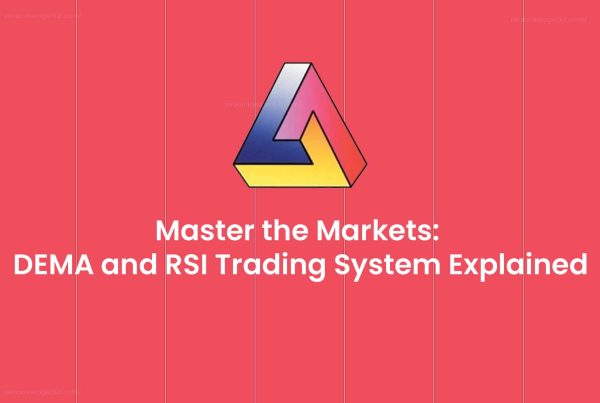“I don’t use momentum; I observe it and align my trading with it.”
-Ed Seykota
The Remarkable Ed Seykota
Let’s introduce you to Ed Seykota, a legendary figure in the world of investing and finance. He boasts one of the best track records in the history of trading, on par with renowned investors like Warren Buffet, William J. O’Neil, and George Soros. Born on August 7, 1946, in the United States, Ed Seykota is a commodities trader who earned degrees in Electrical Engineering and Management from MIT in 1969. What set him apart was his unwavering belief in Algorithmic Trading using technical analysis, making him a true pioneer in this field.

The Pioneer of System Trading
Ed Seykota was the trailblazer of innovative System Trading. In a span of 12 years, he transformed $5000 into a remarkable $15 million in a client’s account. He exhibited remarkable long-term performance, evident in his statement, “The markets today are no different from those of five to ten years ago because they continually evolve, just as they did back then.” Another quote from Seykota reinforces this idea, as he said, “Longevity is the key to success.” Much of Ed Seykota’s success can be attributed to his adept use of computerized trading systems, to the extent that the brokerage firm he worked for adopted his trading system.
A Distinct Strategy for Success
There is a wealth of wisdom to gain from Ed Seykota when it comes to investment decisions and determining whether to ‘buy’ or ‘sell’ stocks. He emphasized a distinct strategy based on ‘bullish’ or ‘bearish’ trends. For his technical analysis, he followed a three-step approach:
- First, analyze the long-term trend.
- Next, study the current chart pattern.
- Finally, find an opportune moment to buy or sell.
Mastering the Art of Trading
According to Seykota, trading is an art that demands skill and patience in reading the markets and managing one’s emotions and anxieties. For instance, if you made five trades, each incurring a 1% loss, your cumulative loss would be 5%. The next trade you undertake, with a 5% risk, could yield a 10% profit if successful. However, allowing emotions to override logic can lead to unwise investments and a 10% loss.
Effective Risk Management
Ed Seykota also had a specific approach for managing risks. He advocated making small investment decisions, with speculative amounts less than 10% of your liquid net assets. This strategy minimizes the impact of fluctuations relative to your overall net worth. There are several key points to remember when managing risks, according to Seykota:
- Risk can’t be precisely quantified; if it could, it wouldn’t be considered risk.
- Relying on fundamentals shows a lack of faith in trend following.
- Limit your risk to what you can afford to lose, but risk enough to make a significant profit.
Consistency and Success
Ed Seykota believed that trade profitability repeats itself in cycles. The success of trend-following systems is directly related to their success rate, and vice versa. If you’re a trader, there’s no need to constantly reinvent your investment strategy. Instead, long-term success lies in developing a compatible system. Your trading system is essentially an agreement between you and the markets. Make it count.
Inspirational Quotes
The entire trading community owes a debt of gratitude to Sir Ed Seykota for his immense contributions to the world of Algorithmic Trading. He must be delighted to see that the principles he pioneered are still in practice today.
- “There are experienced traders and daring traders, but there are very few experienced and daring traders who have stood the test of time.”
- “Systems trading ultimately involves discretion. The manager still needs to decide how much risk to take, which markets to enter, and how aggressively to adjust the trading base as equity changes.”
- “Luck plays a significant role in trading success. Some people were fortunate to be born intelligent, while others were even luckier.”
- “If you can’t accept a small loss, you’ll eventually experience a massive one.”
- “If you can’t measure it, you probably can’t manage it. Things you measure tend to improve.”
- “Markets are inherently volatile. There’s no way around it. Your problem isn’t in the math. There’s no mathematical solution to avoiding uncertainty.”
- “If I’m bullish, I don’t wait for confirmation; I’m already invested. I turn bullish the moment my buy stop is triggered and remain bullish until my sell stop is hit. Being bullish without being invested is illogical.”
- “Having a quote machine is like having a slot machine on your desk. You end up checking it all day. I access price data after the market’s close.”
- “Trend-following systems don’t aim to predict market tops or bottoms. They ride the trends.”





2 Comments